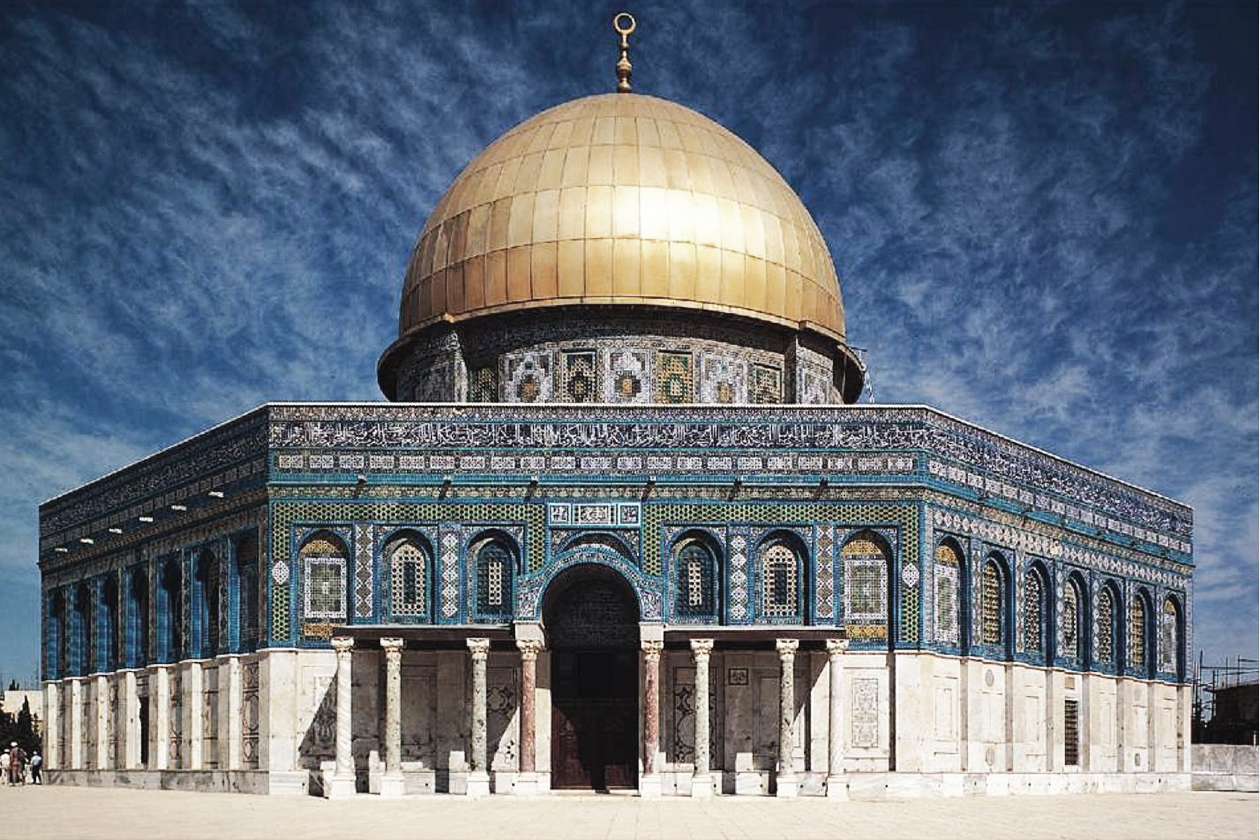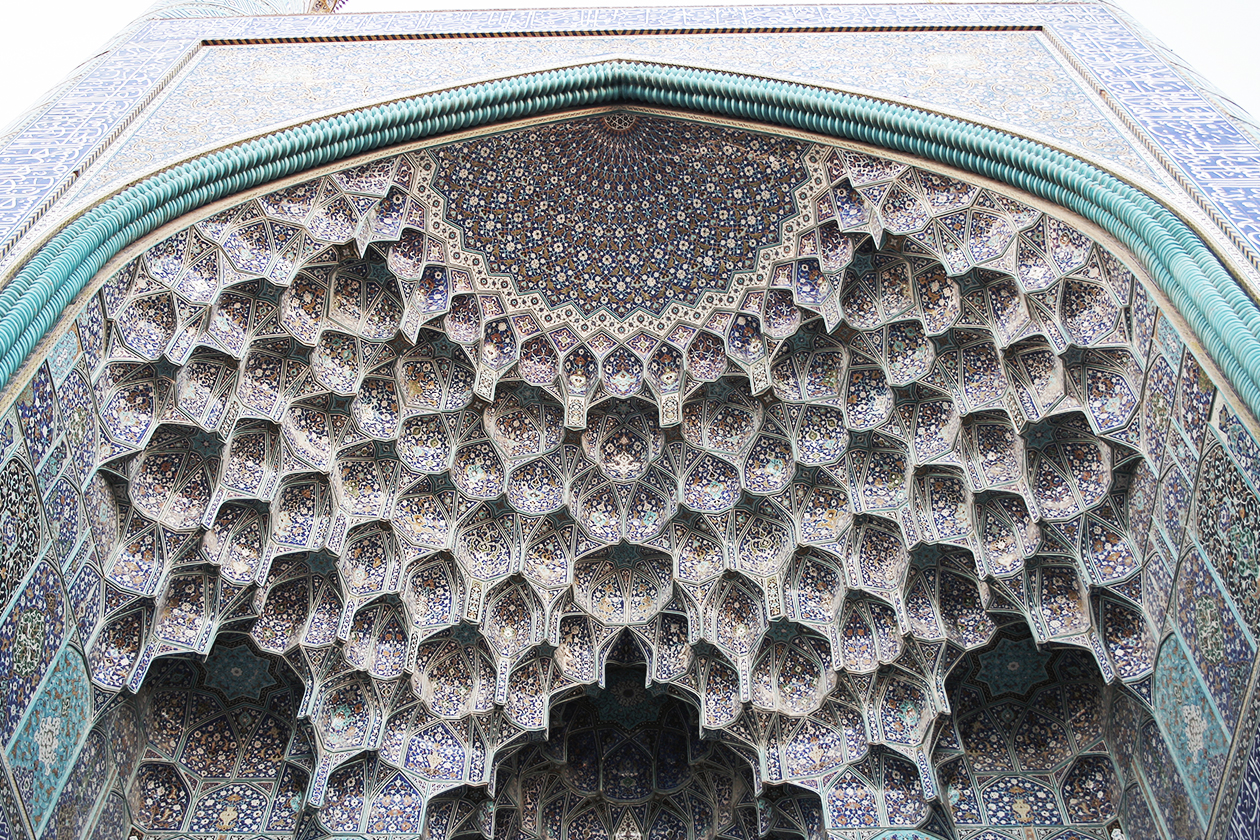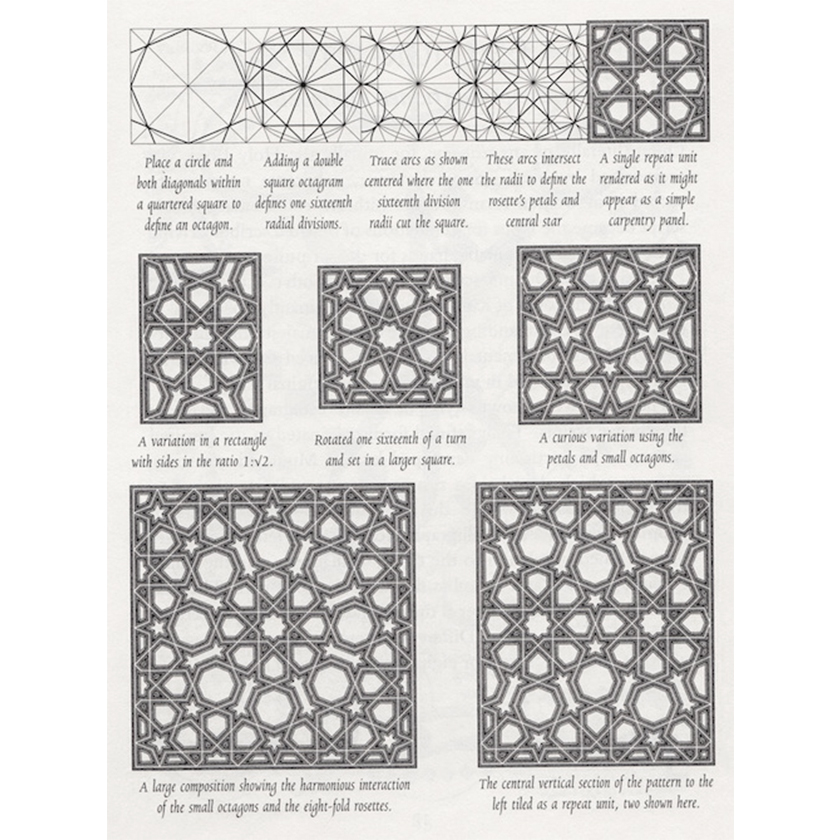History of Architecture II. - Persian & Early Islamic Civilizations
Pre-Islamic Persia (Present Day Iran) grew to be a great empire at various times roughly from 700 BC- 700 AD. Their success as one of the first great empires is attributed to a vanguard religion and ideas of tolerance & inclusion. The Ancient Persian religion is one of the world’s oldest and the first to introduce the concepts right and wrong dualism, monotheism, and divine trinity concepts present in today's religions. This belief system was developed by continually merging the beliefs of conquered peoples and was the best way to calm tensions from these newly integrated cultures. Architecture in the early Persian era was focused on creating massive palaces, temples, and mausoleums inside fortified cities.
The ruins of the ancient Persian Capital of Persepolis, a massive and expansive structure of freestanding columns. With regards to architecture, the ancient Persians where masters of construction. Their focus was on appearance and ornament. One can assume that this mode of thinking would set the tone for future civilizations that would develop in the area, mainly in the Arab world.
An artist's rendering of what Persepolis might have looked like. Note the ornement at the tops of the columns and the eastern-asian influences in the manners the support beams rest on them.
A key trait of these buildings were massively sized columns that were very ornate with carved animal reliefs and narratives of the Persian “ultimate god”. The best example we have of early Persian architecture are the ruins of the cities of Persepolis and Susa.
Islam was founded as a religion in Mecca on the Arabian Peninsula in present day Saudi Arabia. This monotheistic religion was first worshiped by small nomadic tribes but quickly grew, spreading across the known world. The Islamic Golden Age coincides with the Dark or Middle Ages - a period when Europe experienced a complete deterioration of historical records, culture, technology, knowledge and science after the Fall of Rome. During the European Medieval Period, Islamic empires - like the Moor, Mali, Ghanian, and Songhai in Africa and the Ottomans in Turkey - thrived, rising to tremendous power and experienced an important phase of scientific and cultural enlightenment.
The Islamic Empire of the Moors eventually expanded to control all of Northern Africa, Portugal, Spain, and parts of the southern Italian islands. The Moors birthed to the world the first modern surgeons, the practice of modern paper-making, and the ideas of public schools & libraries. The most notable cultural development during the Islamic Golden Age was the rapid advancements in mathematics, first begun by the Greeks. The Moors created modern algebra and trigonometry which fueled the creation of complex geometric forms. These new complex geometries are omnipresent in the architecture of the Islamic World. The knowledge of advanced mathematics was the foundation for it all. The Dome of the Rock in Jerusalem, the Great Mosque-Cathedral in Cordoba, Spain, and the Alhambra in Granada, Spain are three structures that accurately show of the complexity of Islamic Architecture. It can be argued that Islamic Architecture best represents the marriage between cultural development and architectural expression. Had it not been for these advancements in mathematics and geometry, the beautiful buildings and spaces of the Islamic world would not have been possible.


Turn your lifestyle dreams into an asset for you and your neighborhood with our...
![Fabric[K] Design](http://images.squarespace-cdn.com/content/v1/5846fe37ff7c5046fc8b98e8/1585703506724-ACFUCZ5FH3AGY64QWIFZ/FabricK-Design_Logo_1500x600_All+Green.png?format=original)







